SupremePunk #145
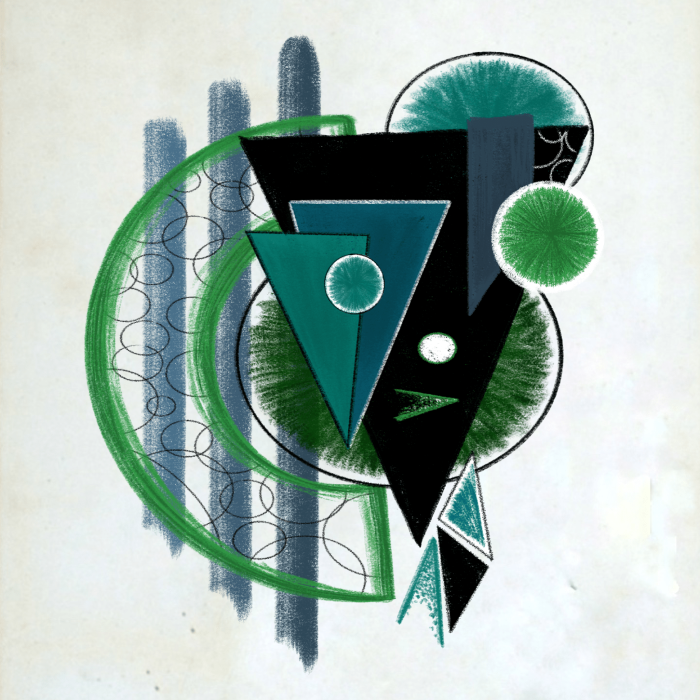
Lost in Green
This SupremePunk is inspired by CryptoPunk #3940 the work of Wolfgang Ganter and Georgia O'Keeffe.
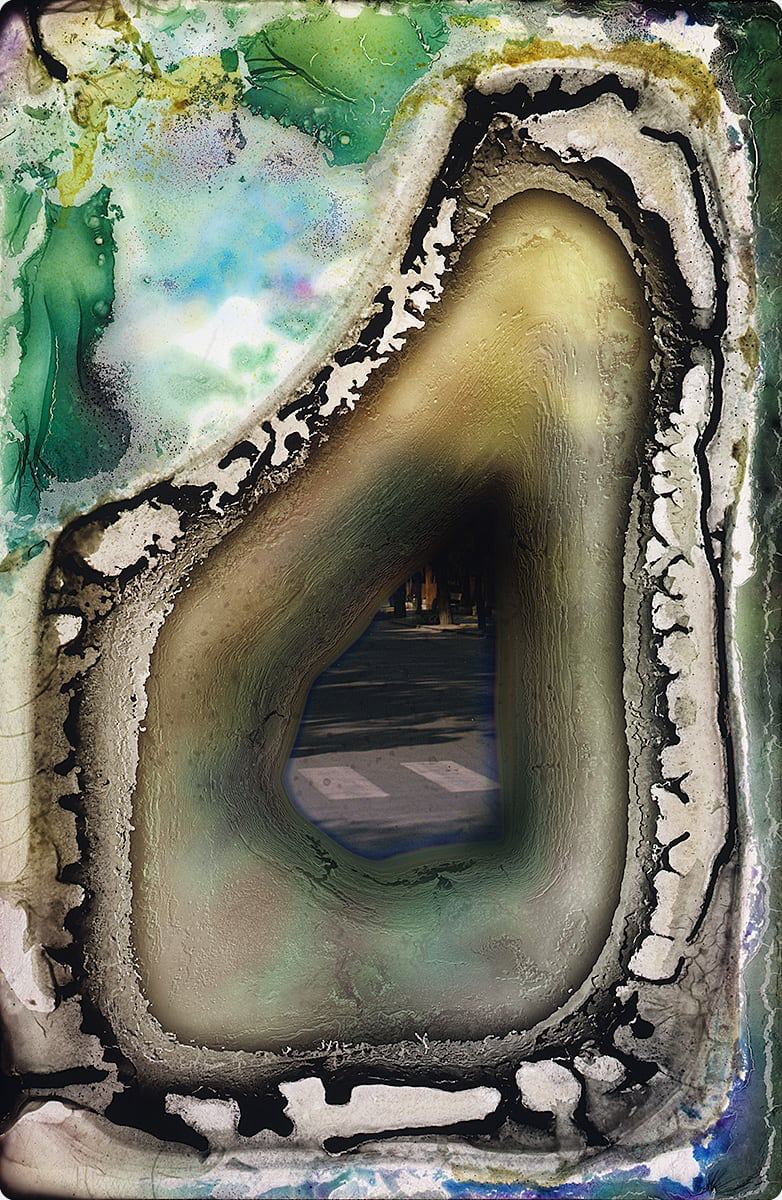
Wolfgang Ganter — Bactereality series, 2012
This Punk combines the natural and the artificial. The naturalness is evident in the use of different shades of green, the color of vegetation, nature, the source of life. Artificiality manifests itself in the use of unambiguously black, not existing in nature, which can only be generated in laboratory conditions. These colors are enclosed in unnatural figures: triangles, perfect circles, sectors. Thus, the author shows that in modern reality unreality, artificiality prevails over naturalness and even begins to enclose naturalness in a "laboratory" framework. This idea is also emphasized by the character of the lines, which resemble clusters of bacteria, especially in the circular elements of the composition.
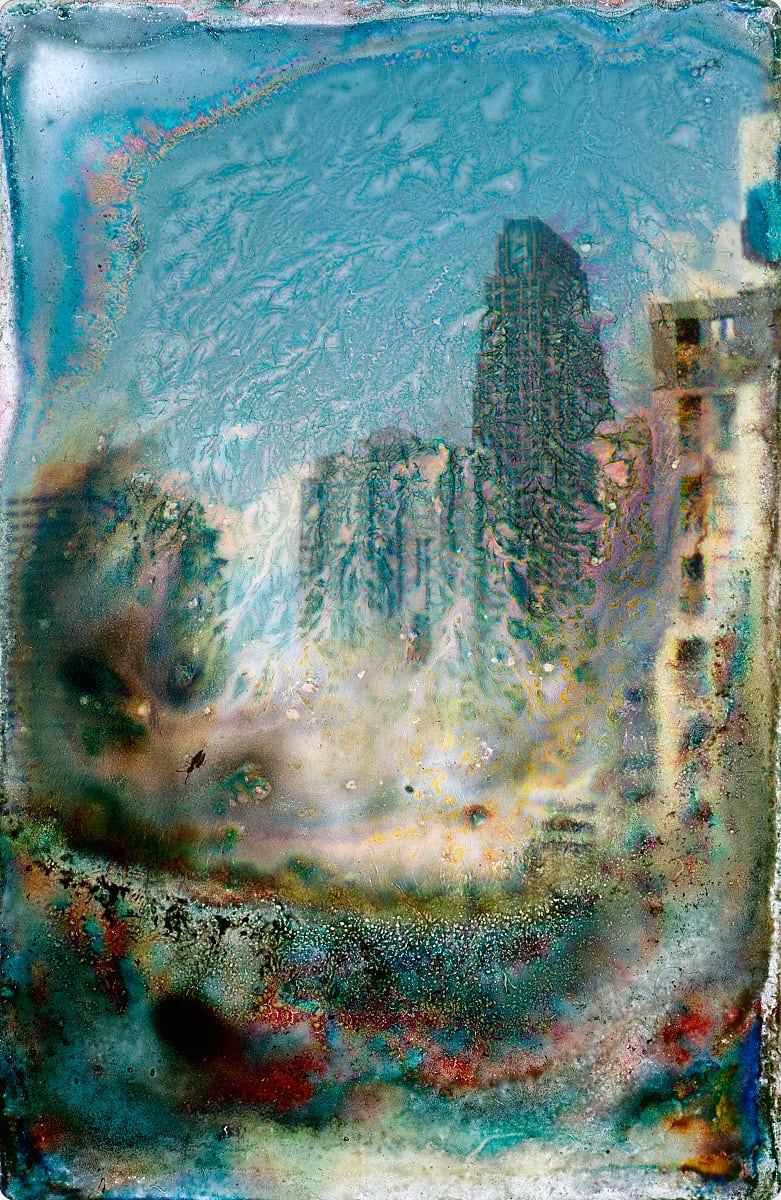
Wolfgang Ganter — Bactereality series, 2012
This is not the first time that bacteria, or images of them, have become a means of creating works of art. For example, contemporary artist Wolfgang Ganter is the author of a series of works called "Bactereality. These are photographs that have been subjected to the implantation of bacteria and the use of chemicals, causing the image to change its appearance from realistic to imaginative. In contemporary art, the use of scientific means is becoming more and more common, and has already formed a separate trend - bioart. If we return to more traditional forms of painting, we should talk about such works as "Blue and Green Music" by Georgia O'Keeffe and "Green Space" by Max Ernst.
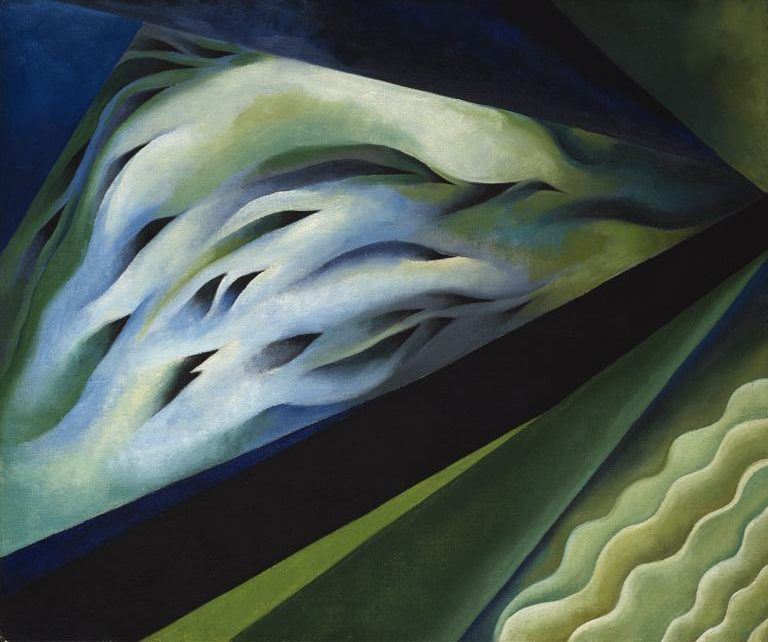
Georgia O’Keeffe — Blue and Green Music, 1921
Both are an expression of the perception of color and an attempt to portray its versatility. In the first work, this is accomplished by contrasting and combining two colors, blue and green. They contrast in opposite corners of the canvas and merge in a flowing, indistinguishable dance in the center of the work. It is difficult to say which color prevails over which in this work, so difficult to separate and realize their detached presence. Despite the fact that the title of the second work speaks only of the color green, we can also distinguish blue highlights on it, which shows how conventional human notions of color and their definition are.
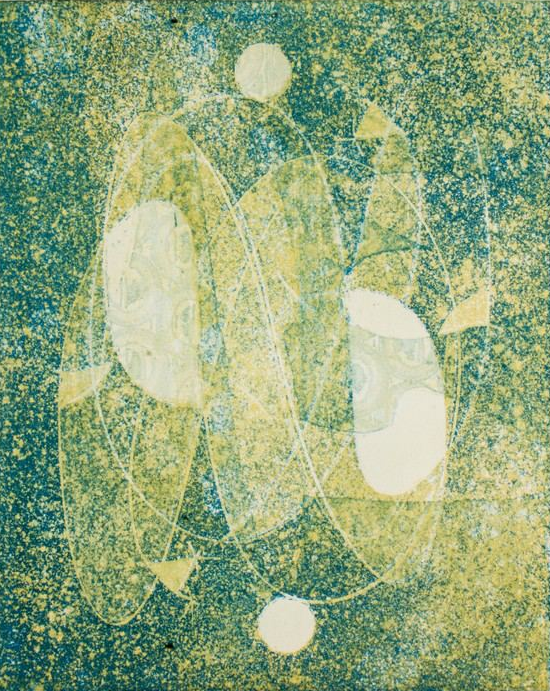
Max Ernst — Green Space, 1970
In this case the green space depicted by the author resembles superimposed images of tree leaves streaked with sunlight, while the luminous figures in the center of the canvas resemble glare, temporarily blinding you on a hot summer day. The first work epitomizes artificiality in the attempt to separate and structure the two colors, while the second is natural in the successful depiction of an abstract feeling using a multi-color representation of green.

Buy

Gallery:
CryptoPunk #3940 that has been taken as a base

Your transaction is in progress

You have connected to the wrong network

Transaction is successful!


